What it’s like to get a haircut at Japan’s oldest barber shop

Styling tips from fifth-generation owner of a business that began before samurai were allowed to cut their top-knots.
SoraNews24’s Japanese-language reporter Masanuki Sunakoma has been on a bit of a mission lately, looking to change up his hairstyle by seeking out advice from some of the country’s most unusual hairdressers.
His most recent hirsute pursuit took him to Shibagaki Barber Shop, located in Yokohama, about an hour’s train ride from Tokyo, in the capital’s neighbouring prefecture of Kanagawa.

This humble shopfront doesn’t look any different to a lot of neighbourhood barber shops you’d find in Japan, but for those in the know, this is one of the most historic places you can get a trim, as it’s the oldest barber shop in the country.
Founded in 1897, just 30 years after the end of the Edo Period (1603-1867), Shibagaki Barber Shop predates the government-issued Danpatsurei Edict of 1871, which allowed samurai to cut off their top-knots cut and wear their hair in Western styles.
Once the edict came about, the founder of Shibagaki Barber Shop, Eikichi Shibagaki, switched his business from hairdressing to haircutting to adapt to the changing times.
▼ Eikichi is the man seated in this photo, with second-generation owner, Kyutaro, standing behind him.
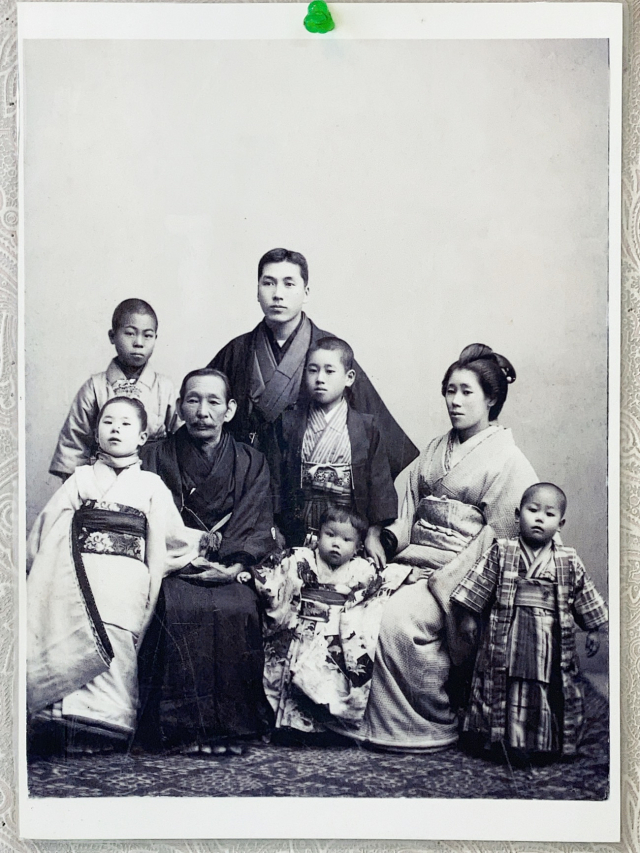
During the Meiji Period (1868-1912), Japan underwent a period of westernisation that extended beyond hairstyles to influence all facets of daily life. During this time, Shibagaki Barber Shop was located at the same place it was first established – at Sumiyoshi-cho in Naka-ku, Yokohama.
▼ This 1906 photo of Shibagaki’s barber shop shows the western influence evident in the uniforms, furnishings and decor.
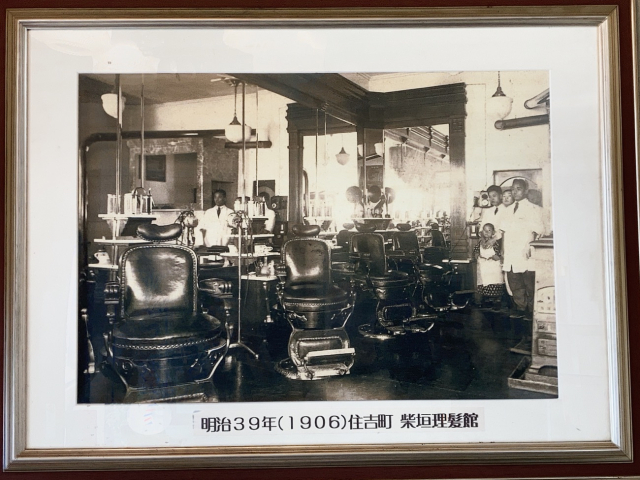
After surviving the 1923 Great Kanto Earthquake, World War II occurred from 1939-1945, after which Shibagaki was forced to move by order of General Headquarters (Office of the Supreme Commander of the Allied Powers, the title held by General Douglas MacArthur during the Allied occupation of Japan following World War II).
That’s when Shibagaki moved to Hatsunecho, where the business still continues to this day. Now, 124 years after the business was founded, 5th-generation owner Shintaro Shibagaki continues the family business, and the 78-year-old has been cutting hair for clients here since 1958.
▼ Shintaro Shibagaki

It’s not as busy here as it was in its heyday, back before cheap haircuts and cool stylists appeared on the scene in the ’90s. Still, Shibagaki has a roster of loyal clientele who visit regularly for his professional touch, and a few walk-ins every now and then from people wanting to experience some old-school barbering.
When it comes to styles, the vast majority of customers simply sit back and leave it up to Shibagaki to decide what type of haircut would suit them best. And that’s what Masanuki decided to do as well, leaving it up to the master as he took a seat in the barber’s chair.
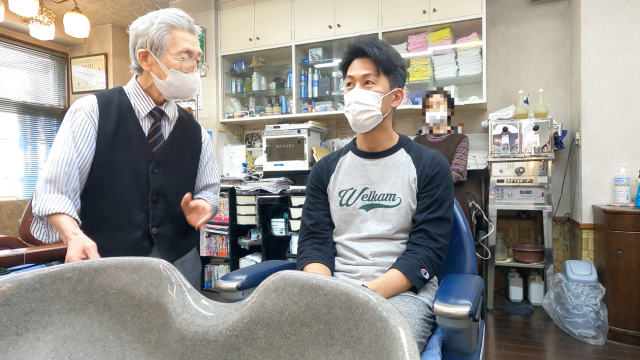
Shibagaki asked Masanuki to remove his mask so he could see his features while he cut our reporter’s hair, and upon seeing his face, the barber simply said, “A foreign-style close-cut” and got straight to cutting.
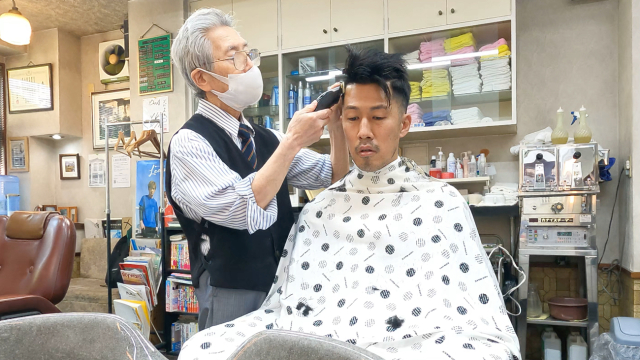
While Masanuki felt as if he should put his mask back on, he wasn’t one to argue with the master, who was fully masked and happy to chat about the history of the store as he trimmed our reporter’s barnet.
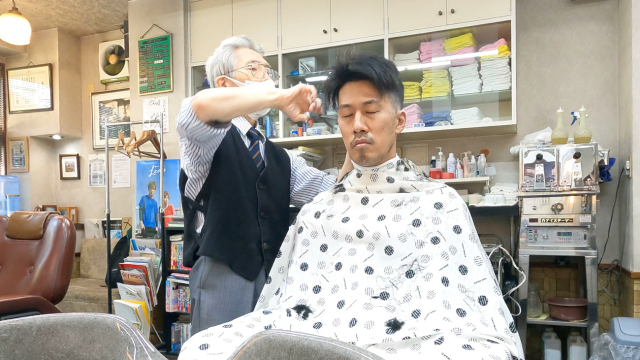
When it came time to have his hair washed, Masanuki was surprised to hear Shibagaki instructing him to bend forward. Our reporter looked a bit puzzled, until Shibagaki explained that he preferred the front-leaning style for washing, as opposed to back-leaning, because it allows him to wash the back of the head more effectively.
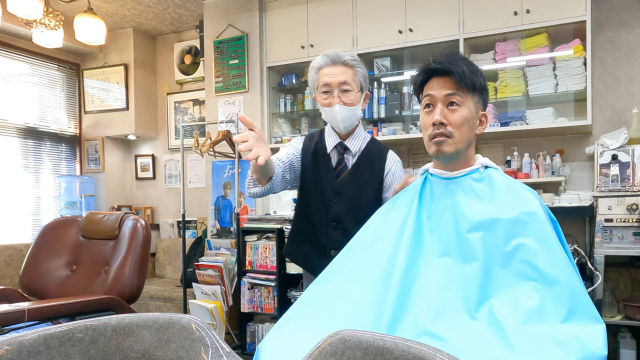
As he leant forward, Masanuki felt Shibagaki’s fingers getting into all the right spots, and he realised that the front-leaning style meant all his hair was exposed, which would make it a lot easier for the person scrubbing his scalp.
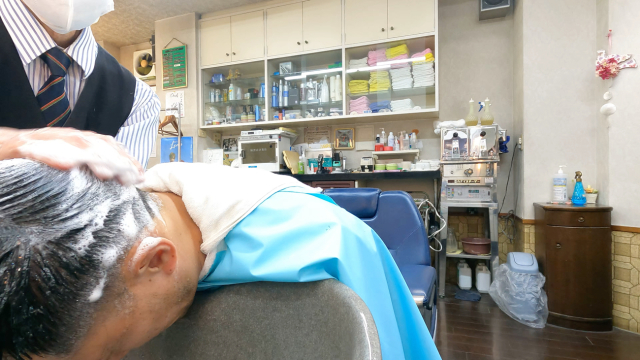
Masanuki’s experience with different hairdressers has introduced him to a variety of washing styles, with some even using cold water, so he chalked this one up as yet another unusual technique to remember.

What really surprised Masanuki, though, was the shave and massage he received with his cut. After softening the skin on his face by massaging it with a beautifully scented cream, Shibagaki steamed Masanuki’s entire face with a hot towel, applied a generous amount of shaving foam, and began to shave his face with smooth, confident strokes.
▼ This was pure craftsmanship, and Masanuki felt a strange sense of security putting his face in the barber’s hands.
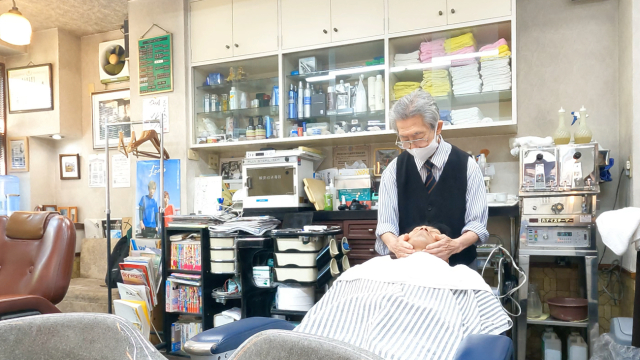
To finish off the service, Shibagaki pulled out a heavy looking metal device that roused Masanuki’s curiosity.
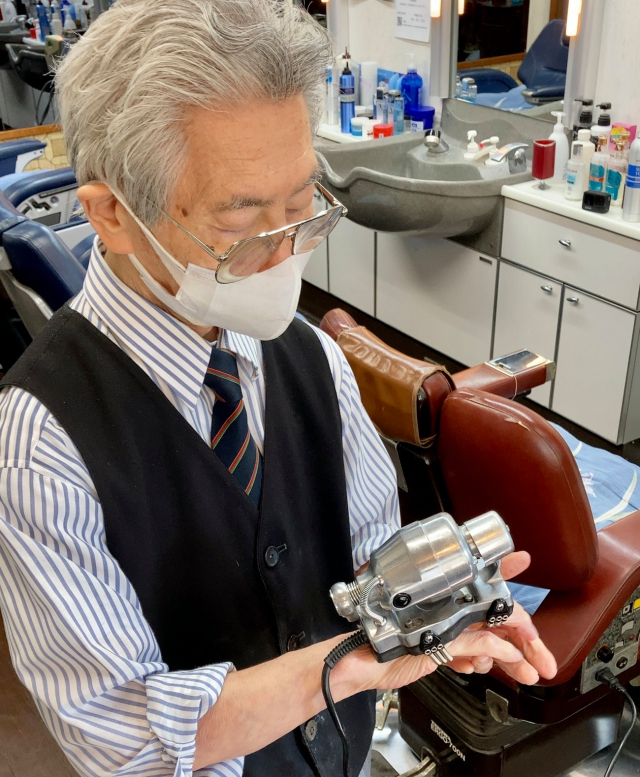
Demonstrating it in action, Shibagaki explained that this was a machine developed in the Showa era (1926-1989) for massaging. When the machine was applied to Masanuki’s shoulders, it felt unbelievably good, with incredibly strong vibrations that released all the tension in his muscles.
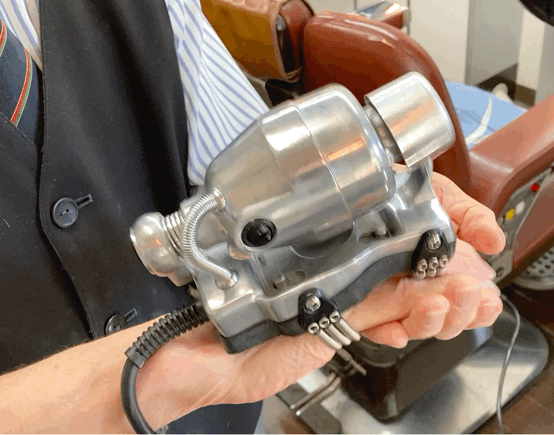
All up, it took roughly an hour for Masanuki’s styling session to be complete. It was a fantastic experience, and there was something so special about being able to fully enjoy the talented skills passed down through one family from the 1800s.
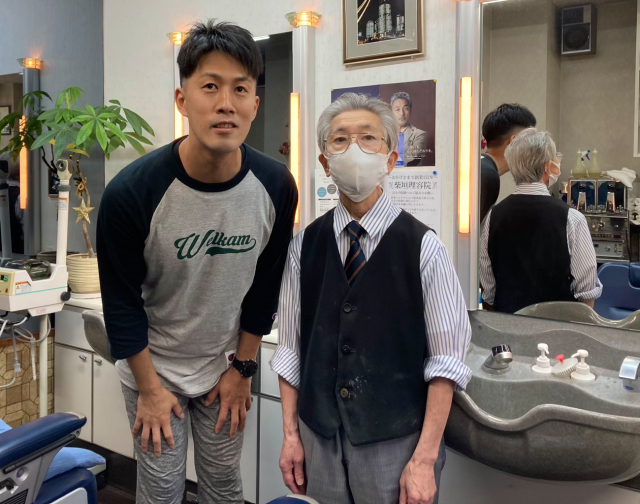
As for the cut? Masanuki was suitably impressed. True to the reviews he’d heard, Shibagaki really does know how to cut hair to suit a person’s face, and the perfectly seamless gradation of length from short to long was testament to the skills of a master barber.
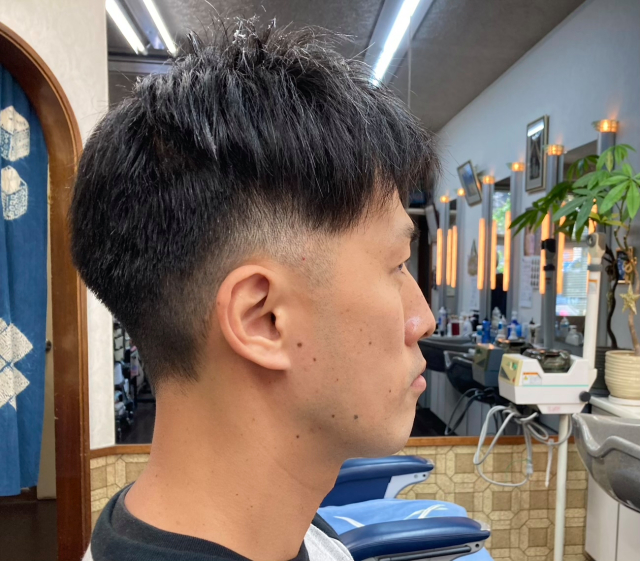
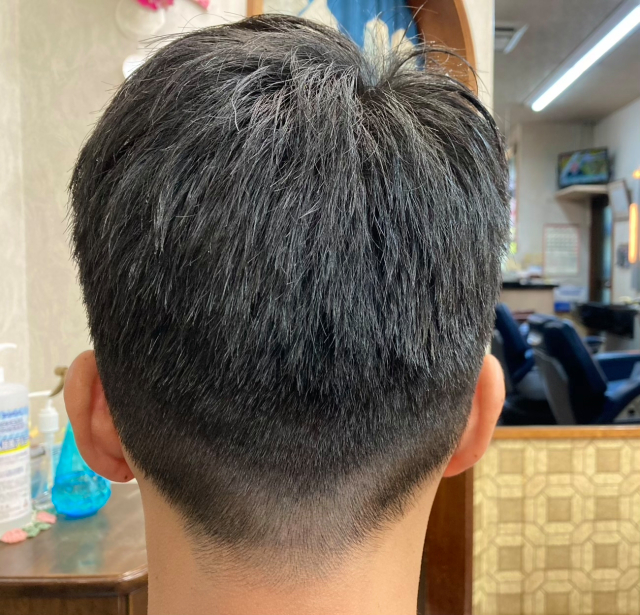
Old-school barbers like this one are sadly decreasing in Japan, so it’s nice to be able to visit them and help support them when we can. If you’d like to receive a haircut with over a century of expertise behind it, Shibagaki is definitely your man. On the other hand, if you’d like an over-the-top pompadour hairstyle popular with by coming-of-age partygoers, then this barber shop in Okinawa is your ideal destination.
Barber Information
Shibagaki Barber Shop / 柴垣理容院
Address: Kanagawa-ken, Yokohama-shi, Naka-ku, Hatsune-cho 1-20
神奈川県横浜市中区初音町1丁目20
Hours: 8:30 a.m.-5:30 p.m.
Closed: Mondays and Tuesdays
Website
Photos © SoraNews24
● Want to hear about SoraNews24’s latest articles as soon as they’re published? Follow us on Facebook and Twitter!
Credit:

0 comments:
Post a Comment